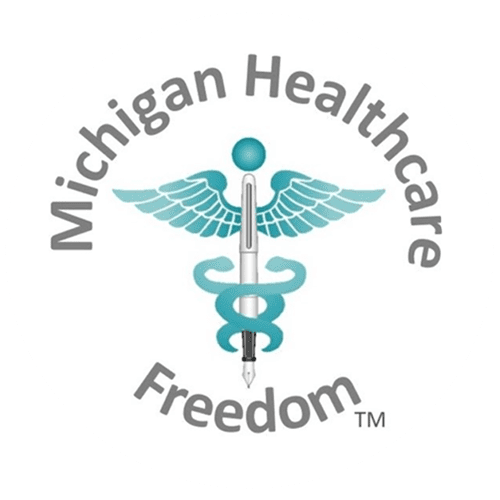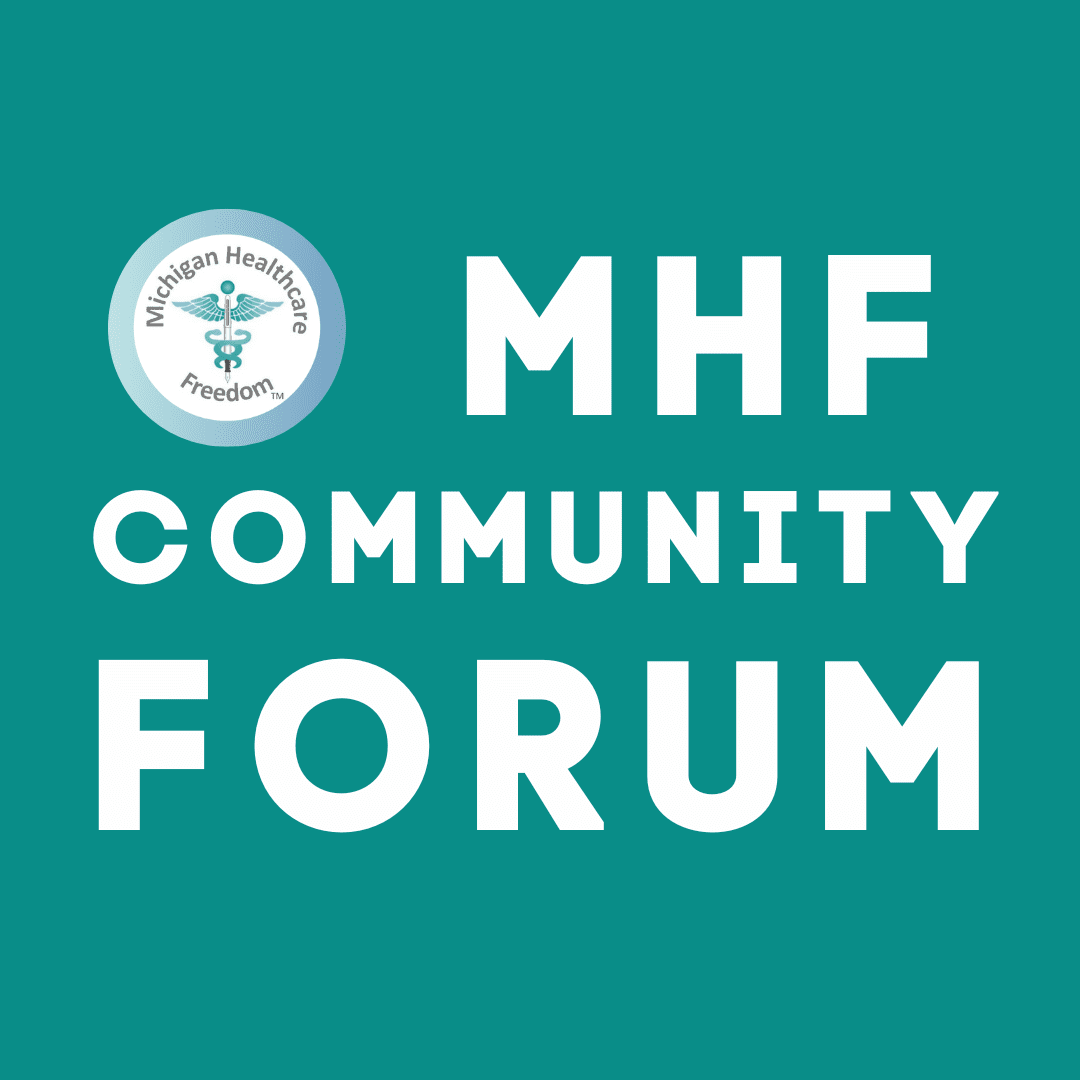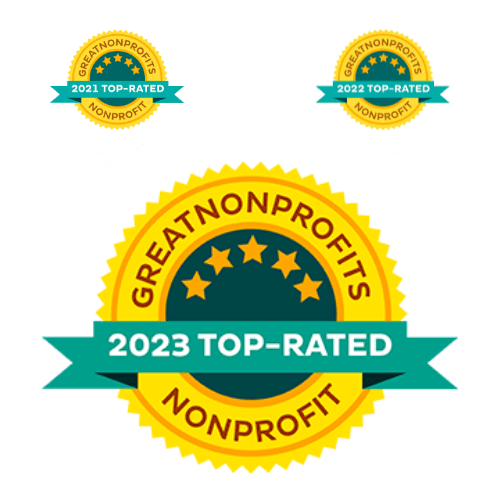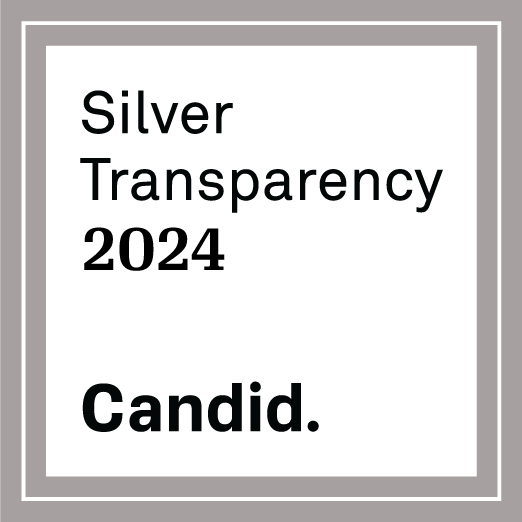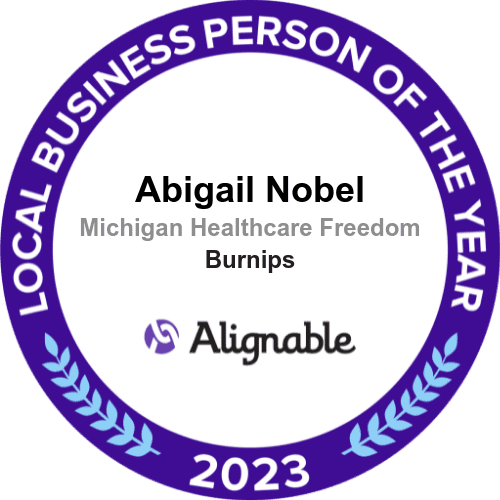
Author Geoffrey Joyce doesn't mention the most significant cause of generic drug shortages: 'Pay for Delay', but he does provide some useful details of the other issues created by our pharmaceutical industry masterminds:
Blame capitalism? Why hundreds of decades-old yet vital drugs are nearly impossible to find
By Geoffrey Joyce - July 20, 2023Past public ire over high drug prices has recently taken a back seat to a more insidious problem – no drugs at any price.
Patients and their providers increasingly face limited or nonexistent supplies of drugs, many of which treat essential conditions such as cancer, heart disease and bacterial infections. The American Society of Health System Pharmacists now lists over 300 active shortages, primarily of decades-old generic drugs no longer protected by patents.
While this is not a new problem, the number of drugs in short supply has increased in recent years, and the average shortage is lasting longer, with more than 15 critical drug products in short supply for over a decade. Current shortages include widely known drugs such as the antibiotic amoxicillin; the heart medicine digoxin; the anesthetic lidocaine; and the medicine albuterol, which is critical for treating asthma and other diseases affecting the lungs and airways.
What’s going on?
Read news coverage based on evidence, not tweets
I’m a health economist who has studied the pharmaceutical industry for the past 15 years. I believe the drug shortage problem illustrates a major shortcoming of capitalism. While costly brand-name drugs often yield high profits to manufacturers, there’s relatively little money to be made in supplying the market with low-cost generics, no matter how vital they may be to patients’ health.The shortage includes chemotherapy drugs, antibiotics, medications to treat ADHD and other critical drugs. Some patients are able to get their drugs, while others are not, and in some cases patients are getting ‘rationed care.’
A generic problem
The problem boils down to the nature of the pharmaceutical industry and how differently the markets for brand and generic drugs operate. Perhaps the clearest indication of this is the fact that prices of brand drugs in the U.S. are among the highest in the developed world, while generic drug prices are among the lowest.
When a drugmaker develops a new pill, cream or solution, the government grants the company an exclusive patent for up to 20 years, although most patents are filed before clinical testing, and thus the effective patent life is closer to eight to 12 years. Nonetheless, patents allow the drugmakers to cover the cost of research and development and earn a profit without the threat of competition from a rival making an identical product.
But once the patent expires, the drug becomes generic and any company is allowed to manufacture it. Since generic manufacturers are essentially producing the same product, profits are determined by their ability to manufacture the drug at the lowest marginal cost. This often results in low profit margins and can lead to cost-cutting measures that can compromise quality and threaten supply.
Outsourced production creates more supply risks
One of the consequences of generics’ meager margins is that drug companies outsource production to lower-cost countries.
As of mid-2019, 72% of the manufacturing facilities making active ingredients for drugs sold in the U.S. were located overseas, with India and China alone making up nearly half of that.
While overseas manufacturers often enjoy significant cost advantages over U.S. facilities, such as easy access to raw materials and lower labor costs, outsourcing production at such a scale raises a slew of issues that can hurt the supply. Foreign factories are more difficult for the Food and Drug Administration to inspect, tend to have more production problems and are far more likely than domestic factories to be shut down once a problem is discovered.
In testimony to a House subcommittee, Janet Woodcock, the FDA’s principal deputy commissioner, acknowledged that the agency has little information on which Chinese facilities are producing raw ingredients, how much they are producing, or where the ingredients they are producing are being distributed worldwide.
The COVID-19 pandemic underscored the country’s reliance on foreign suppliers – and the risks this poses to U.S. consumers.
India is the world’s largest producer of generic drugs but imports 70% of its raw materials from China. About one-third of factories in China shut down during the pandemic. To ensure domestic supplies, the Indian government restricted the export of medications, disrupting the global supply chain. This led to shortages of drugs to treat COVID-19, such as for respiratory failure and sedation, as well as for a wide range of other conditions, like drugs to treat chemotherapy, heart disease and bacterial infections.
Low profits hurt quality
Manufacturing drugs to consistently high quality standards requires constant testing and evaluation.
A company that sells a new, expensive, branded drug has a strong profit motive to keep quality and production high. That’s often not the case for generic drug manufacturers, and this can result in shortages.
In 2008, an adulterated version of the blood-thinning drug Heparin was recalled worldwide after being linked to 350 adverse events and 150 deaths in the U.S. alone.
In 2013, the Department of Justice fined the U.S. subsidiary of Ranbaxy Laboratories, India’s largest generic drug manufacturer, US$500 million after it pleaded guilty to civil and criminal charges related to drug safety and falsifying safety data. In response, the FDA banned products made at four of the company’s manufacturing facilities in India from entering the U.S., including generic versions of gabapentin, which treats epilepsy and nerve pain, and the antibiotic ciprofloxacin.
And while there may be multiple companies selling the same generic drug in the U.S., there may be only a single manufacturer supplying the basic ingredients. Thus, any hiccup in production or shutdown due to quality issues can affect the entire market.
A recent analysis found that approximately 40% of generic drugs sold in the U.S. have just one manufacturer, and the share of markets supplied by just one or two manufacturers has increased over time.
Repatriating the drug supply
It is hard to quantify the impact of drug shortages on population health. However, a recent survey of U.S. hospitals, pharmacists and other health care providers found that drug shortages led to increased medication errors, delayed administration of lifesaving therapies, inferior outcomes and patient deaths.
What can be done?
One option is to simply find ways to produce more generic drugs in the U.S.
California passed a law in 2020 to do just that by allowing the state to contract with domestic manufactures to produce its own generic prescription drugs. In March 2023, California selected a Utah company to begin producing low-cost insulin for California patients.
Whether this approach is feasible on a broader scale is uncertain, but, in my view, it’s a good first attempt to repatriate America’s drug supply.
Author Geoffrey Joyce is the Director of Health Policy at the USC Schaeffer Center and an Associate Professor at the University of Southern California.
Don't get cancer:
https://www.upi.com/Health_News/2023/10/06/cancer-drug-shortages/2841696538222/
U.S. cancer centers report ongoing shortage of chemotherapy drugs
By Cara Murez - October 5, 2023The National Comprehensive Cancer Network (NCCN), a nonprofit alliance of leading cancer centers, surveyed its network in September.
In all, 72% of cancer centers surveyed reported a continued shortage of carboplatin. And 59% were still seeing a shortage of cisplatin.
These two platinum-based generic chemotherapy medications are recommended for treating many different cancers. Overall, 86% of centers surveyed said they were short on at least one type of anti-cancer drug. A survey in June showed that 93% of cancer centers had a shortage of carboplatin, and 70% of cisplatin.
"Everyone with cancer should have access to the best possible treatment according to the latest evidence and expert consensus guidelines," said Dr. Robert Carlson, chief executive officer for NCCN.
"Drug shortages aren't new, but the widespread impact makes this one particularly alarming. It is extremely concerning that this situation continues despite significant attention and effort over the past few months. We need enduring solutions in order to safeguard people with cancer and address any disparities in care," Carlson said in a NCCN news release. Twenty-nine of the NCCN's member institutions responded to the September survey. They include leading academic centers across the United States. The findings may not reflect additional challenges that smaller community practices serving rural and marginalized patients are experiencing. The centers surveyed were using strict waste management strategies, so nearly all were still able to provide the medications to all patients who needed them. Other medications in short supply included methotrexate, with 66% of centers reporting a shortage; 5-fluorouracil, with 55% falling short; fludarabine at 45%; and hydrocortisone at 41%.
"These drug shortages are the result of decades of systemic challenges," said Alyssa Schatz, NCCN's senior director of policy and advocacy. "We recognize that comprehensive solutions take time."
Schatz said the network appreciates those who have put forth proposals to improve investment in generics.
"At the same time, we have to acknowledge that the cancer drug shortage has been ongoing for months, which is unacceptable for anyone impacted by cancer today," Schatz said. "These new survey results remind us that we are still in an ongoing crisis and must respond with appropriate urgency."
The organization is continuing to advocate for more supplies.
CNN recently reported that two other drugs used for cancer, vinblastine and dacarbazine, went into shortage in September.
"These drugs are particularly used to treat patients with Hodgkin's lymphoma. Hodgkin's lymphoma is probably one of the most curable types of cancers out there," Dr. Doug Hawkins of the Children's Oncology Group, a research organization, told CNN.
"The problem is never-ending. It is horrible," he added. "I mean, to say to a patient, 'we know how to treat your child, but we can't get the drugs,' and this is America, and it's 2023 -- it's crazy."
Morning Brew reports on the nub of the matter: somebody should watch this stuff, right?
Nobody better than the pharmacists at the point of care.
https://www.morningbrew.com/daily/stories/2024/04/15/drug-shortages-hit-an-all-time-high
Drug shortages hit an all-time high
A record number of drugs was in short supply in the first three months of 2024.
Finding just what the doctor ordered is getting increasingly difficult as more and more prescription drugs become scarce.
From household names like Adderall and Ozempic to cancer treatments, a record 323 drugs were in short supply during the first quarter of 2024, the American Society of Health-System Pharmacists (ASHP) reported recently. The ASHP, which has published the metric since 2001, says the number of hard-to-get drugs has surpassed the previous record high from a decade ago.
It’s hard to overstate the stakes: Not having the right medication on hand is forcing doctors to prescribe alternatives that are often inferior to Plan A treatments. With patient well-being on the line, healthcare regulators are scrambling to find a panacea for a problem that’s been festering since 2021.
Diagnosing a cause
Experts cite a variety of reasons for the widespread shortages:
- Surging demand can lead to scarcities for drugs like Adderall, which is being prescribed extensively via telehealth, as well as the buzzy weight-loss drug Ozempic.
- US regulations incentivize the makers of generic drugs to compete on price, diminishing the motivation for pharma companies to produce them.
- Injectables like Ozempic are manufactured through a heavily regulated, technically difficult process that can easily derail.
The Biden administration announced a $5 billion plan earlier this month that it says would help keep pharmacy shelves stocked. It aims to boost transparency in obscure pharma supply chains by tasking an independent organization with scoring manufacturers on their production resilience and quality. Private hospitals that work with reliable generic drug suppliers would be rewarded with extra cash, while those who don’t would be penalized.
The ASHP criticized the proposed penalties, arguing that hospitals that don’t have the means to comply with the requirements would take a financial hit.
Looking ahead: The plan will remain just a plan until lawmakers in Congress agree to greenlight it.—SK
